Members save 10% or more on over 100,000 hotels worldwide when you’re signed in
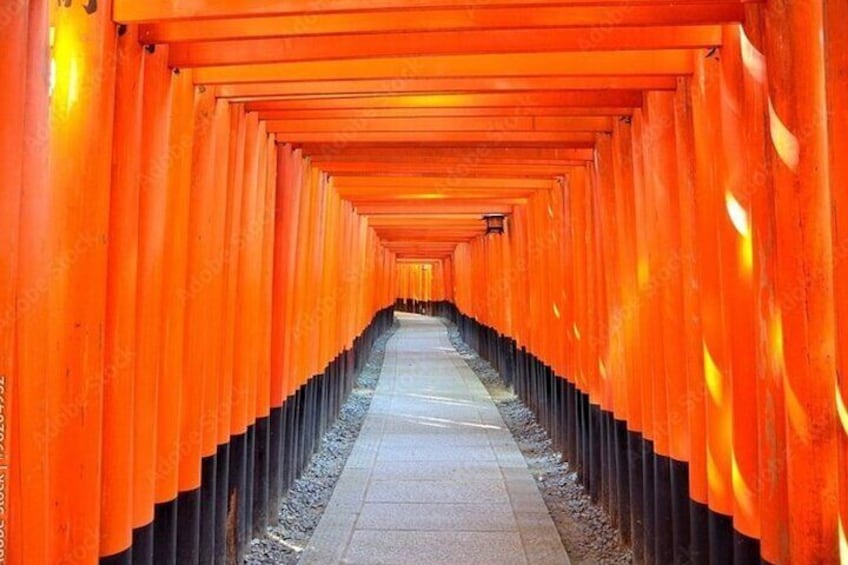
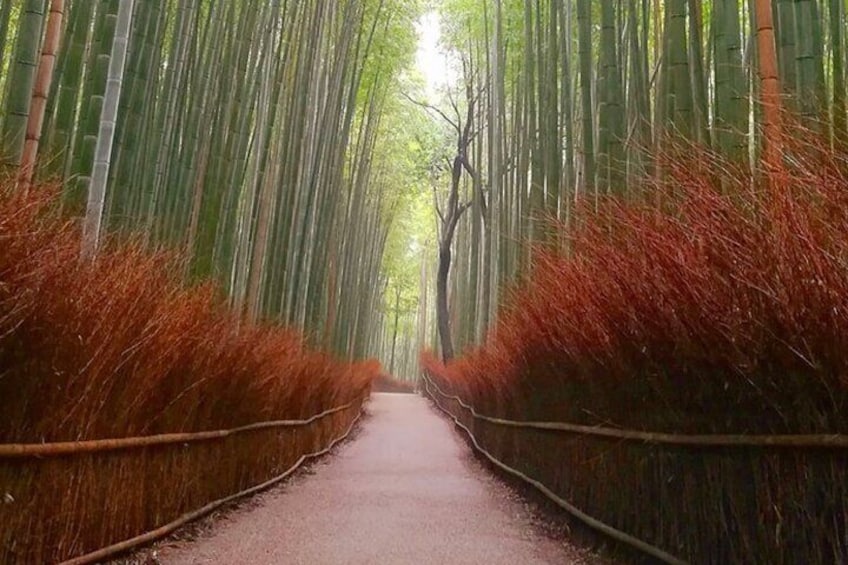
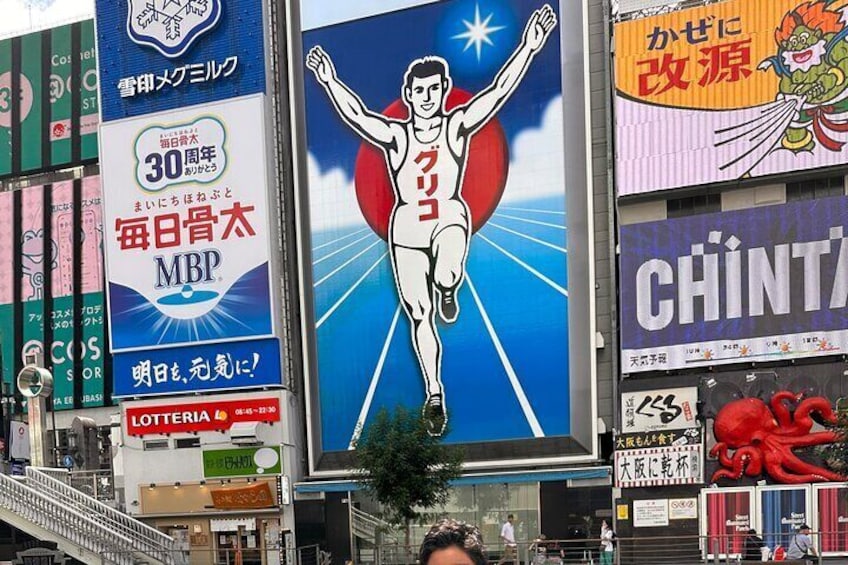
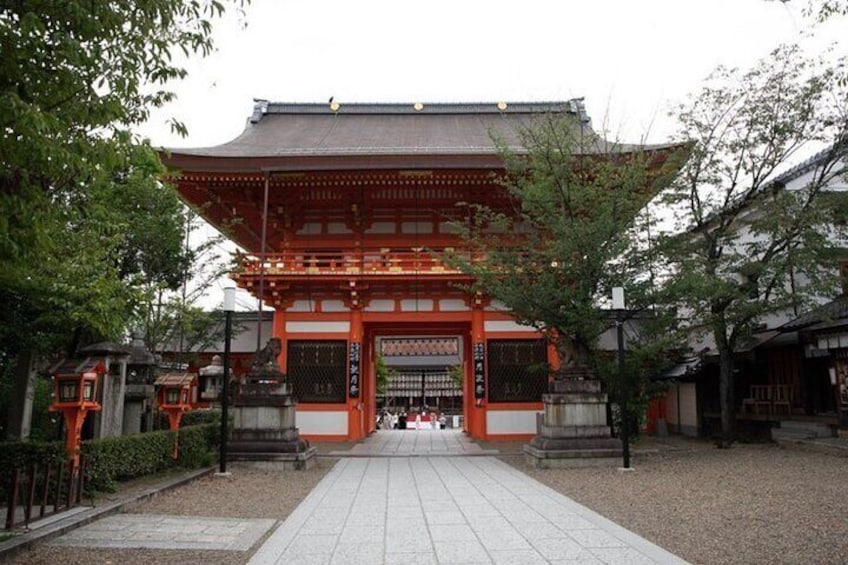
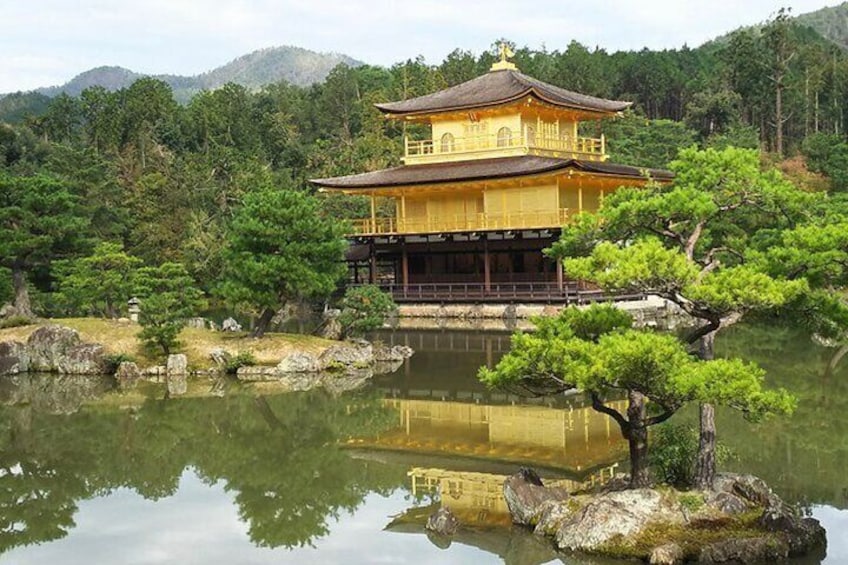
Kyoto, Osaka, Nara Full Day tour by Car English speaking Driver
2.6/5
2.6 out of 5Features
- Free cancellation available
- 10h
- Mobile voucher
- Instant confirmation
- Selective hotel pickup
Overview
NOTE: Kindly choose any one Location KYOTO or OSAKA or NARA for tour. If you want to go all these places then book 3 days tour so all places Kyoto, Osaka, Nara.
We Can pick up all travellers from there own location in OSAKA, Kyoto, KOBE, NARA or Osaka kanasai airport or Osaka cruise terminal
Or book with us we will contact you & ask which place you want to go & we can ask your pick & drop of place.
Our tour is fully customisable you can add or skip any place.
Osaka itinerary
1 Osaka Castle
2-Shitennoji temple
3-Shinsekai
4-Sumiyoshi Taisha Shrine
5-Sakai City Hall Observatory Flour
6-Daisen Park
Kyoto itinerary
- Arashiyama,
- Kinkakuji Temple,
- Kiyomizu-dera Temple
- Fushimi Inari-taisha Shrine
- Gion
- Sanjusangendo Temple
- Ginkakuji Temple
- Nishiki Market Shopping District
Nara itinerary
1-Nara deer Park
2-Todai-ji Temple
3-Todai-ji Nigatsudo Kuden
4-Wakakusayama Hill
5-Horyu-ji Temple
6-Kasuga Taisha Shrine
7-Shinyakushiji Temple
8-Naramachi street
Activity location
- Arashiyama
- Ukyo-ku,
- 616-0007, Kyoto, Kyoto Prefecture, Japan
Meeting/Redemption Point
- Kyoto
- Kyoto, Kyoto, Japan
Check availability
1 to 6 Person
- 10h
- English
Toyota ALPHARD : 1 to 6 person easily access
Pickup included
What's included, what's not
- Private transport
- Driver in person Tour Guide cost included
- Air-conditioned vehicle
- Price Including Highway Toll Tax+ Petrol
- Pick up & Drop off included
- English Speaking Driver/Guide
- Meet & Greet
- Van car
- Entrance Fees • Accommodation Fees • Meals (Breakfast, Lunch, Dinner...)
- Entrance fees of any place or ride of any thing not included customer choice can skip or want to ho
Know before you book
- Infants and small children can ride in a pram or stroller
- Service animals allowed
- Public transport options are available nearby
- Infants are required to sit on an adult’s lap
- Suitable for all physical fitness levels
Activity itinerary
Arashiyama
- 30m
- Admission ticket not included
Kiyomizu-dera Temple
- 1h
- Admission ticket not included
Kinkakuji Temple
- 40m
- Admission ticket not included
Fushimi Inari-taisha Shrine
- 40m
- Admission ticket not included
Gion
- 30m
- Admission ticket not included
Sanjusangendo Temple
- 40m
- Admission ticket not included
Ginkakuji Temple
- 1h
- Admission ticket not included
Nishiki Market Shopping District
- 1h
- Admission ticket not included
Kyoto Imperial Palace
- 1h
- Admission ticket not included
Nijo Castle
- 1h
- Admission ticket not included
Eikando Zenrinji Temple
- 1h
- Admission ticket not included
Yasaka Shrine
- 30m
- Admission ticket not included
Location
Activity location
- Arashiyama
- Ukyo-ku,
- 616-0007, Kyoto, Kyoto Prefecture, Japan
Meeting/Redemption Point
- Kyoto
- Kyoto, Kyoto, Japan